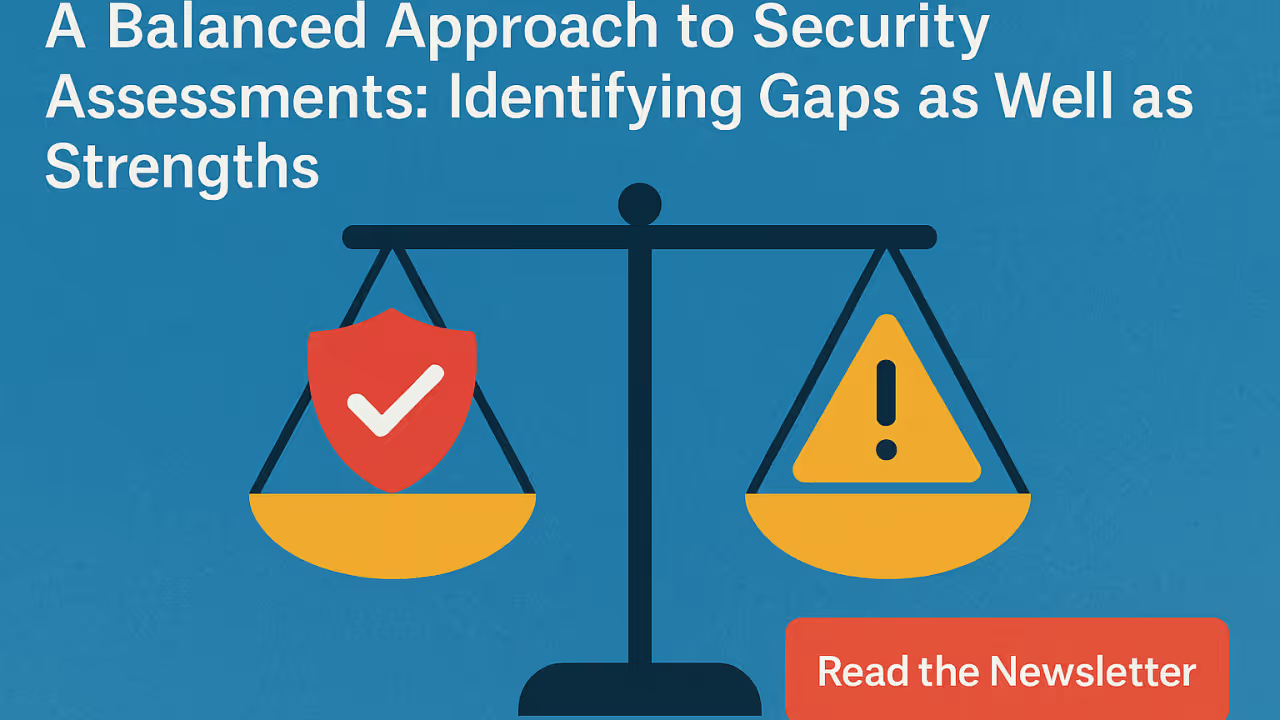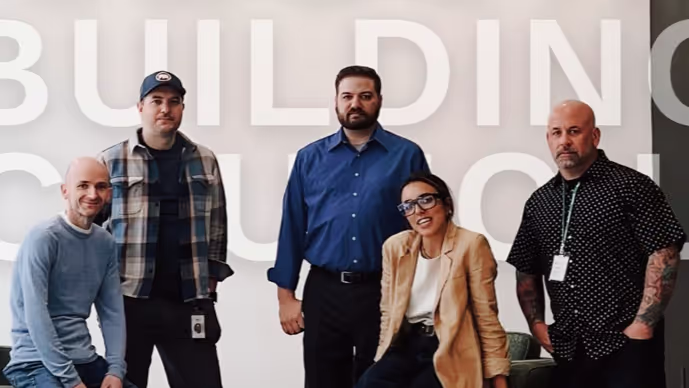Why Security Professionals Need to Understand Architecture: How Design Fluency Helps You Build Smarter, Safer Spaces

In today’s built environments, security and architecture are tightly intertwined. For security professionals, understanding the fundamentals of architecture is a professional imperative.
Paula Balmori Beltrán, Global Director of Security Design and Integration at Brivo, puts it plainly in a recent podcast interview: “Security can’t be an afterthought. It has to shape the space, not chase it.”
Her path is unique. Trained as an architect, she transitioned into the security sector after working with embassies and forward-operating bases in high-risk areas. That work showed her the gap between what users / security professionals needed and what the built environment allowed. Since then, she’s been focused on closing that gap.
Here’s the takeaway for security professionals, especially those in early careers: to be effective in physical security, you must understand how spaces are designed, constructed, and utilized.
Why the Architectural Lens Matters
Security decisions are deeply constrained or enabled by design choices made early in the project lifecycle. Access point placement, wall materials, facade orientation, lighting angles, and even landscaping all impact the actual security of a building.
Consider Paula’s example: a client wanted high-security access control with card readers and cameras at a particular fence line. But the adjacent wall had a massive gap anyone could walk through. The client had “checked the box” without understanding the spatial context. The result? A system that looked secure on paper but offered no real protection.
That kind of mistake can be common when security gets bolted on after the fact.
Paula explains that in architecture, designers begin with a context analysis, understanding the site, surroundings, purpose, and users before ever sketching a layout. Security professionals should adopt the same mindset: what are the behaviors, threats, and functions that this space is meant to support or inhibit?
Practical Ways to Learn Architectural Basics
You don’t need to go back to school for a degree in design. Here are a few self-directed ways security professionals can begin learning architectural fundamentals:
- Take CPTED training. It’s the best entry point for understanding how design influences safety. The U.S. CPTED Association offers regular courses and webinars.
- Study the AIA design process. The American Institute of Architects publishes clear, accessible materials on the architectural project lifecycle, design phases, and more.
- Read architectural drawings. Learn how to interpret floor plans, elevations, and sections. Use resources like “The Architect’s Studio Companion” or search “how to read construction drawings” on YouTube for step-by-step walkthroughs.
- Use AI to your advantage. Paula recommends using ChatGPT to simplify technical manuals and diagrams. If you don’t understand a drawing or concept, ask for a breakdown in plain language.
- Follow architectural firms on LinkedIn and watch how they present projects. Look for how they discuss site context, flow, and materiality.
- Learn the basics of construction project management if you’re supporting builds or retrofits; understanding how general contractors and trades work, will make your input more relevant and credible.
Final Thought: Speak the Language of Design
Security professionals who want to stand out in this industry need to speak the language of design, not to become architects, but to understand how their security recommendations thrive or fail based on what’s been drawn in the floor plan.
That means understanding how projects flow, from conceptual design to construction documents to site execution. It means learning when and how to insert security requirements, so they don’t become costly rework or compromised afterthoughts.
Security is no longer about just knowing hardware. It’s about understanding how space works, and how to shape it to minimize risk, enhance the user experience, and support operational goals. Learn more about these ideas from Paula’s recent podcast appearance, “Bridging the Gap: Paula Balmori Beltrán on Architecture, Risk, and Security Integration”.



.avif)
